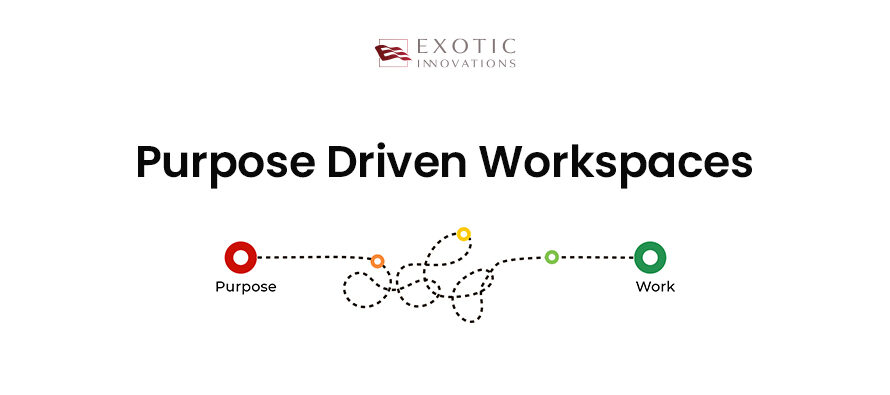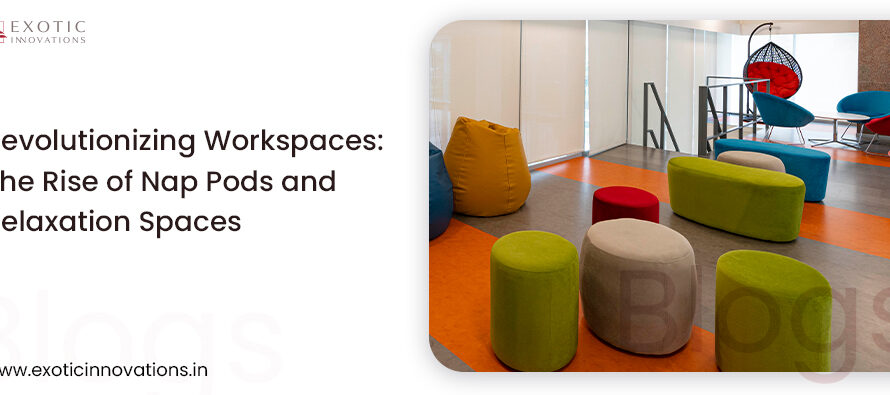The concept of success transcends mere financial achievements – It encompasses the holistic well-being of individuals within the organizational framework. As such, happy and healthy employees emerge as the linchpins of thriving workspaces. In this discourse, we delve into the symbiotic relationship between workplace well-being and organizational success, underscoring the pivotal role that contented and physically sound individuals play in shaping the trajectory of businesses.
Fostering Productivity and Engagement
At the nucleus of successful workspaces lies a workforce that is not just content but actively engaged and motivated. Studies consistently affirm that happy employees are more productive, innovative, and committed to organizational goals. Consequently, fostering an environment conducive to happiness becomes imperative for augmenting productivity and propelling business growth. Through strategic interior design interventions, such as ergonomic workstations and collaborative spaces, organizations can nurture a culture of engagement and vitality where employees thrive and excel.
Cultivating a Culture of Well-being:
Central to the ethos of successful workspaces is the cultivation of a culture that prioritizes the holistic well-being of employees. Beyond physical comfort, this encompasses mental and emotional health, as well as a sense of belonging and purpose. Forward-thinking organizations recognize the intrinsic value of investing in employee wellness programs and initiatives. By providing resources and support for stress management, work-life balance, and mental health, companies not only safeguard the health and happiness of their employees but also foster a culture of empathy, trust, and inclusivity.
Enhancing Collaboration and Innovation:
Happy and healthy workspaces serve as fertile grounds for collaboration and innovation, catalyzing creativity and problem-solving. When individuals feel valued, supported, and respected within their work environment, they are more likely to freely exchange ideas, challenge conventions, and explore new avenues for growth. By designing spaces that facilitate spontaneous interactions and serendipitous encounters, organizations can unlock the full potential of their workforce, driving innovation and adaptability in an ever-evolving business landscape.
Fostering Employee Retention and Loyalty:
In addition to driving productivity and innovation, prioritizing employee happiness and health is instrumental in fostering retention and loyalty. Employees who feel a sense of fulfillment and purpose in their work are more likely to remain committed to their organization’s mission and values. By nurturing a culture of appreciation and recognition and providing opportunities for professional growth and development, companies can cultivate a loyal and dedicated workforce, reducing turnover rates and mitigating recruitment costs.
In conclusion, successful workspaces are not merely defined by their physical attributes but by the quality of life they afford to their employees. By prioritizing the happiness and health of individuals within the organizational framework, businesses can create environments where employees thrive, innovate, and contribute to the collective success of the organization. As catalysts of successful workspaces, happy and healthy people embody the core values of resilience, collaboration, and excellence, driving sustained growth and prosperity in the ever-evolving landscape of business.
Liked our blog? Share your opinion in the comments below!



